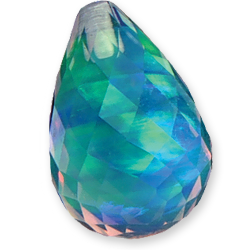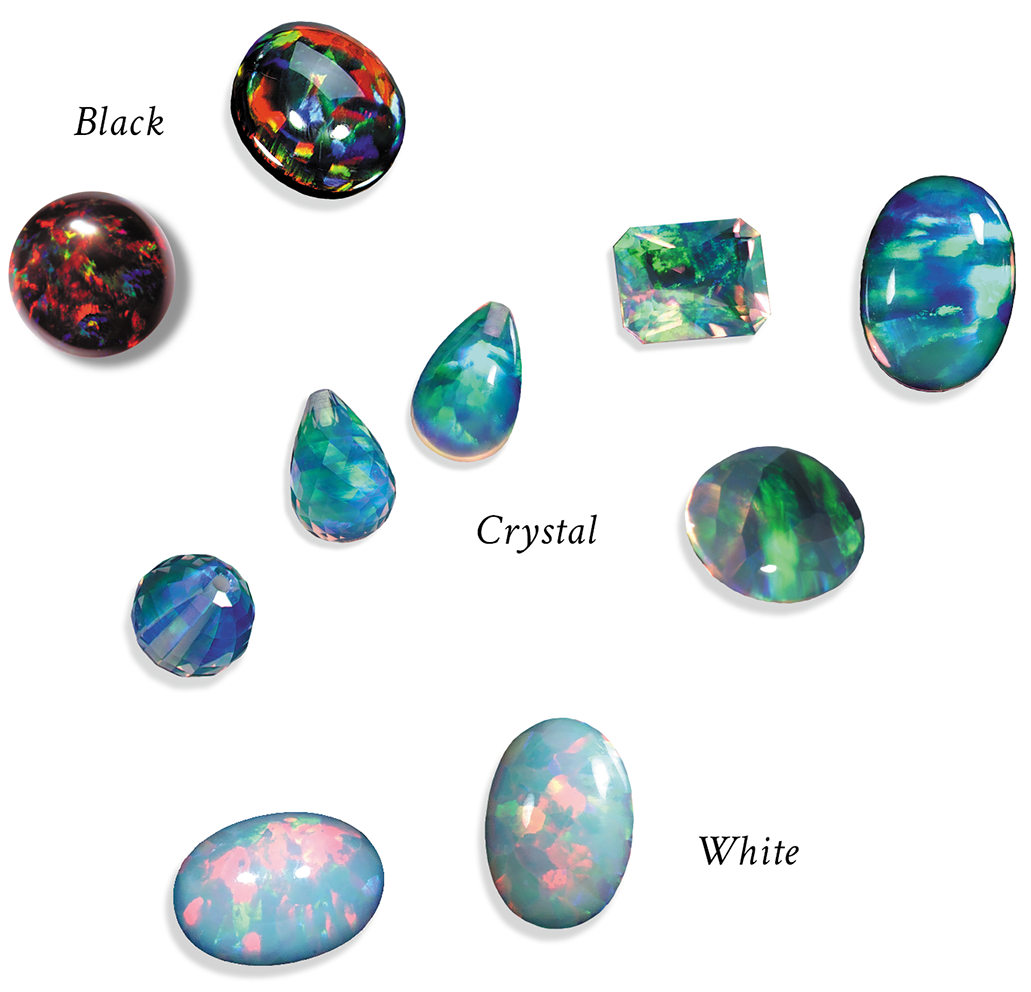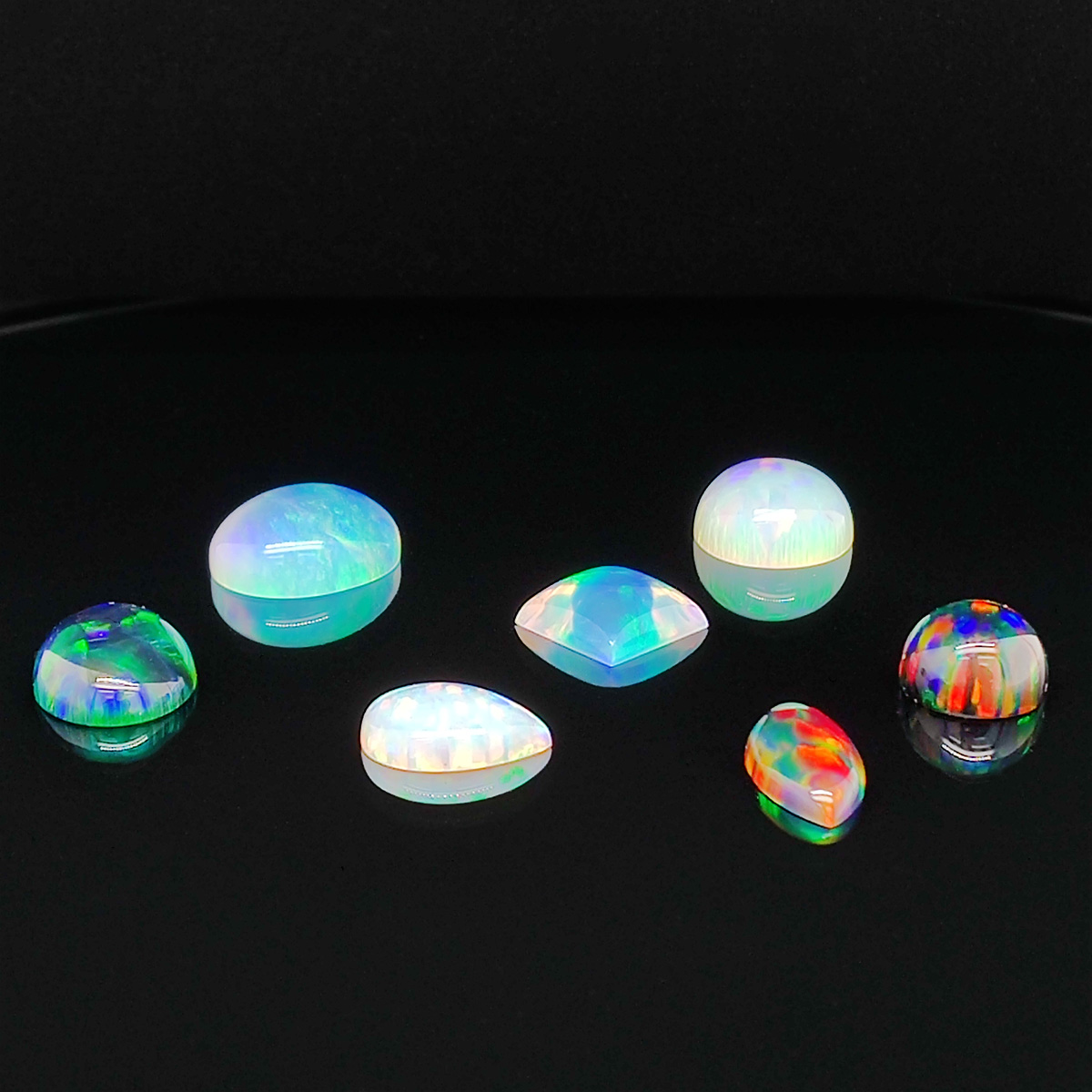Opal Gems

The red of ruby. The blue of sapphire. The green of emerald. All these colors flash like fireworks in opal. The Bedouins say that opals capture their colors from lightning. Chatham lab-grown opals show all the colors of the rainbow in lovely patterns.
Opal Gift Ideas…
The October birthstone
The 14th anniversary gem
The gem of hope
A symbol of artistic creativity
She is an optimist and a dreamer!


Chatham Lab-Grown Opals
Opal forms slowly through sedimentation, which makes it the most difficult gem that we grow at Chatham. The process is a form of colloidal chemistry rather than the high heat and pressure we use to grow other gem varieties. It takes two years for opal to form in the lab, the longest growth period of any gem.
The result is opal that is stable and consistent, with brilliant play-of-color across the whole surface, allowing us to cut precise standard calibrated square, round and oval cabochon shapes.
Although opal is a relatively delicate gem, our lifetime guarantee means you can wear a Chatham lab-grown opal ring without worry. To see the quality and beauty of Chatham lab-grown opals, visit a Chatham retailer.
About Opals
A beautiful opal is always one of a kind, like a work of art with its unique pattern of flashing and shifting colors inside. Its name comes from the ancient Greek opallios, which means “color change.”
Many cultures have given opal supernatural powers. Bedouin legends say it falls from the heavens in flashes of lightning. The ancient Greeks believed opals gave their owners the gift of prophecy. In 1829, the popular novel Anne of Geierstein by Sir Walter Scott featured a cursed opal. For almost a century, some people believed it was unlucky for anyone not born in October to wear opal.
A symbol of hope, opal contains fireworks and nebulas. Fine black opal has this play-of-color against a dark background, which makes it more desirable and valuable.
Opal’s play-of-color is created by internal diffraction: tiny silica spheres in grids break up the light into spectral colors. The size of the spheres determines the colors it shows.
Because opal contains water from ancient seas, it can be subject to cracking or “crazing,” especially when exposed to extreme heat and dryness. Opal is softer than many other gems and should be stored carefully to avoid being scratched by other jewelry.
